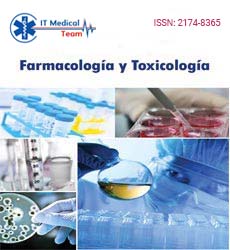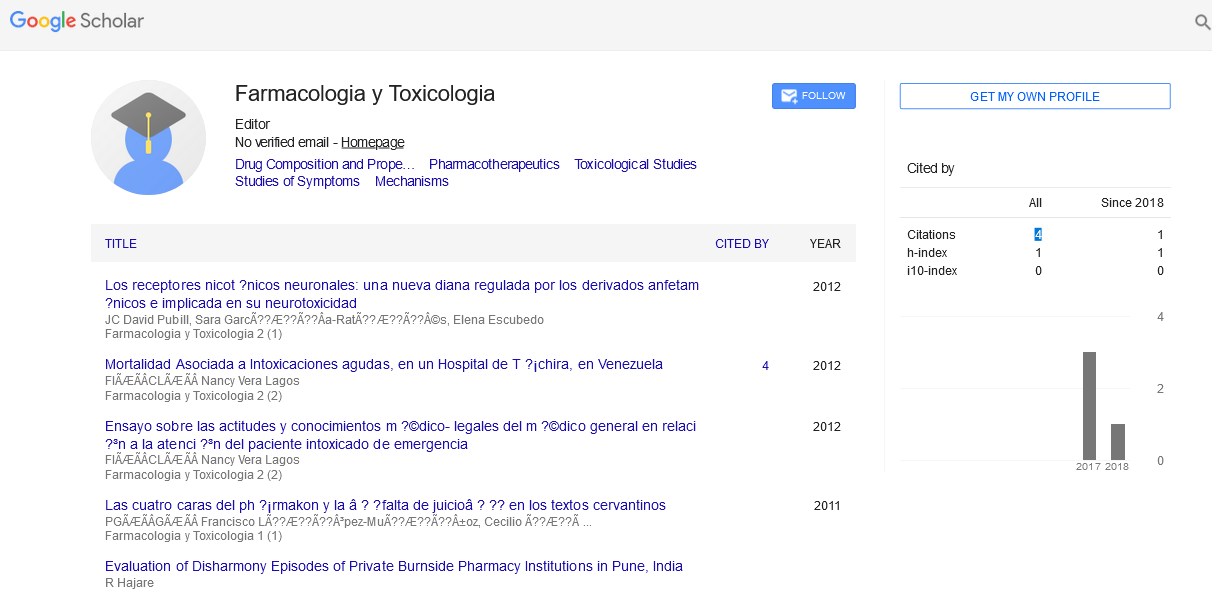Abstract
Objective: To evaluate the underlying pharmacology, safety, and misuse/abuse of
transdermal fentanyl, one of the cornerstone pharmacotherapies for patients with
chronic pain.
Methods: Literature was identified through searches of Medline (PubMed) and
several textbooks in the areas of pharmacology, toxicology, and pain management.
A bibliographical review of articles identified by these searches was also performed.
Search terms included combinations of the following: fentanyl, transdermal,
patch, pharmacology, kinetics, toxicity, and poisoning. All pertinent clinical trials,
retrospective studies, and case reports relevant to fentanyl pharmacology and
transdermal fentanyl administered by any route and published in English were
identified. Each was reviewed for data regarding the clinical pharmacology,
abuse, misuse, and safety of transdermal fentanyl. Data from these studies and
information from review articles and pharmaceutical prescribing information
were included in this review.
Results: Fentanyl is a high-potency opioid that has many uses in the treatment of
both acute and chronic pain. Intentional or unintentional misuse, as well as abuse,
may lead to significant clinical consequences, including death. Both the US Food
and Drug Administration (FDA) and Health Canada have warned of potential pitfalls
associated with transdermal fentanyl, although these have not been completely
effective in preventing life-threatening adverse events and fatalities related to its
inappropriate use. Conclusions: Clinically consequential adverse effects may occur
unexpectedly with normal use of transdermal fentanyl, or if misused or abused.
Misuse and therapeutic error may be largely preventable through better education
at all levels for both the prescriber and patient. The prevention of intentional
misuse or abuse may require regulatory intervention.
Keywords
Fentanyl; Transdermal; Pharmacology; Toxicology; Poisoning; Opioid
Presentation
Torment influences all individuals. Torment might be intense (e.g.,
injury), long winded (e.g., migraines), or constant (e.g., sciatic
torment); no matter what its tendency it diminishes a patient's
personal satisfaction. The yearly cultural expense because of lost
efficiency from torment is safely assessed at north of 60 billion
bucks in the United States. The typical specialist experiencing a
problem related with torment loses 4 days of work consistently
contrasted with a half day for a laborer without an aggravation
condition. Subsequently, as well as working on personal
satisfaction, satisfactory torment control could bring about billions of dollars of saved productivity. This article surveys the
pharmacology and toxicology of transdermal fentanyl, one of the
foundation pharmacotherapies for patients with ongoing agony.
At the point when utilized as coordinated and in a protected way,
this long-acting type of a profoundly powerful medicine [1].
History and Background
Fentanyl, a timetable II prescription, was acquainted in 1960 with
substitute morphine and other narcotics for use in heart medical
procedure because of its higher power (roughly 75-to 100-overlay
contrasted with morphine). It is additionally connected with less unfavourable cardiovascular impacts than morphine and triggers
considerably less receptor discharge. A flexible pain relieving,
fentanyl is presently utilized as often as possible for patients
with one or the other intense or constant torment disorders.
Intense and constant agony are hard to characterize explicitly,
and may coincide. By and large, intense agony starts suddenly,
is extreme, and is supposed to endure for no longer than a few
days. It generally diminishes in power during this period. Ongoing
torment is regularly lower in power than intense torment,
consistent in force with some variety, and endures longer than
seven days frequently years [2].
Unfavourable Events Reports of Transdermal Fentanyl
Sales of Johnson and Johnson's (Janssen) Duragesic transdermal
gadgets have consistently expanded since its presentation, and
had outperformed 4 million solutions and almost 2 billion bucks
in 2004; however deals have fallen with the presentation of
generics. Of course, there has been a corresponding expansion in
unfavourable occasions and crisis division (ED) visits connected
with the transdermal fentanyl gadget. The purposes behind this
are indistinct and reasonable multifactorial. In 2004, the Drug
Abuse Warning Network (DAWN), a public observation data set,
detailed north of 8,000 ED visits in the United States because of
the abuse of transdermal fentanyl. This number is probable an
underrate, because of the degree of dependability in coding for
the different narcotics and to the specific and will ful nature of
emergency clinic cooperation in DAWN [3].
Clinical Pharmacology of Transdermal Fentanyl Patches
Fentanyl possesses many of the physicochemical properties
essential for transdermal use. The molecular weight of fentanyl
base is 337 Da within the maximum molecular weight considered
suitable for skin permeation (< 1000 Da). Fentanyl, unlike
morphine and other opioids, is highly potent, and produces
desired clinical effects following the systemic absorption of a
fraction of a milligram in no tolerant individuals [4].
Transdermal Delivery Systems
There are two general types of transdermal delivery systems
currently in clinical use. The original transdermal
therapeutic system (TTS), also called the reservoir transdermal
device (made by Jannsen and generics by Sandoz, Watson,
Pricara, and Actavis) consists of four functional layers and a
protective peel strip [5].
Pharmacokinetics of the Transdermal Fentanyl Device
Fentanyl becomes detectable in the serum within 1–2 hours of application of a transdermal fentanyl device. However,
therapeutic serum fentanyl concentrations are not achieved until
approximately 12–16 hours after transdermal device application
[6].
Therapeutic Considerations
The maintenance of a relatively steady serum concentration with
transdermal fentanyl, which is particularly difficult for drugs with
short half-lives, results in reduced side effects and improved
efficacy. This improves therapeutic compliance, which is perhaps
less of an issue with analgesics than with other trans dermallyadministered
drugs (e.g., oestrogens, clonidine). However,
in patients with chronic pain, the substitution of transdermal
fentanyl for other opioids is often considered as much for
convenience (e.g., reduced dosing frequency, covert use) as for
any specific analgesic benefit. This highlights the importance of
weighing the overall therapeutic benefit of a drug and its delivery
system against its overall safety aspects in the associated riskbenefit
analysis [7].
Clinical Effects
The clinical effects of fentanyl, regardless of route of
administration, are similar to those of other opioids, and are
similarly dependent on both the dose and the degree of patient
tolerance. At serum fentanyl concentrations of 0.63–1.5 ng/mL,
postoperative analgesia is produced in most opioid-naïve patients. Hypoventilation begins to manifest at concentrations >1.5
ng/mL,a sub therapeutic serum concentration for some.
Conclusion
Fentanyl is a very powerful narcotic conveying critical
pain relieving benefit, yet fit for really hurting. Moreover,
transdermal organization of fentanyl expands large numbers
of the medication's remedial advantages, yet additionally
adds interesting variables that might muddle the medication's
wellbeing. There are many purposes behind the improved
poisonousness, including unseemly solution and inappropriate
use. As a powerful narcotic pain relieving in a concentrated
transdermal gadget framework, its maltreatment potential is
very high and conveys a high gamble of dreariness or mortality.
Doctor training and mindfulness concerning the various and
frequently creative ways with which transdermal fentanyl might
be abused or mishandled ideally will bring about less unfortunate
results and eventually save lives.





